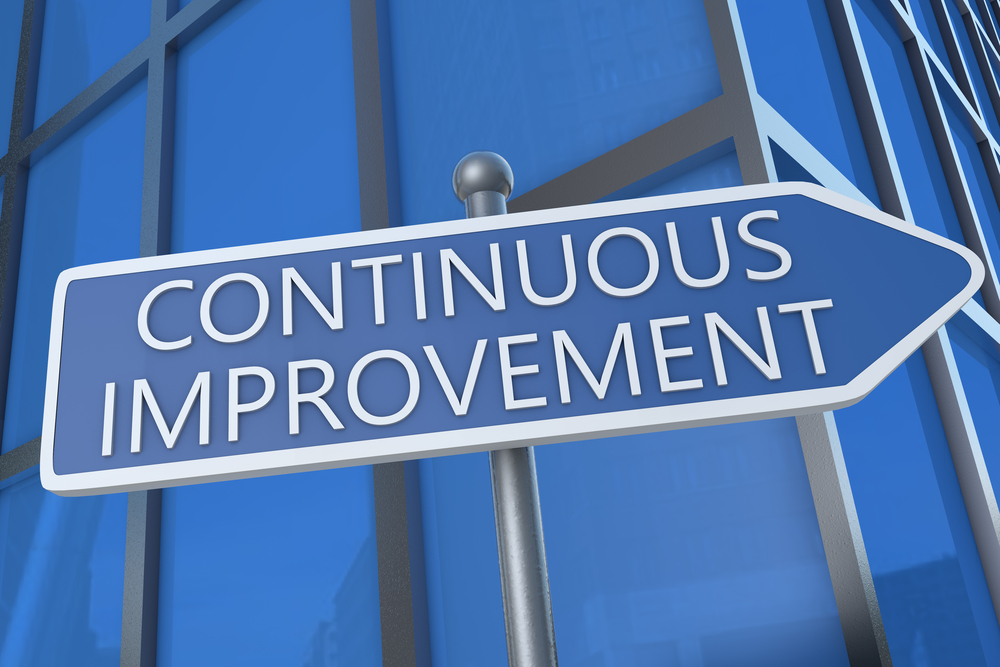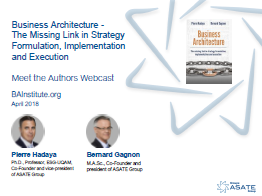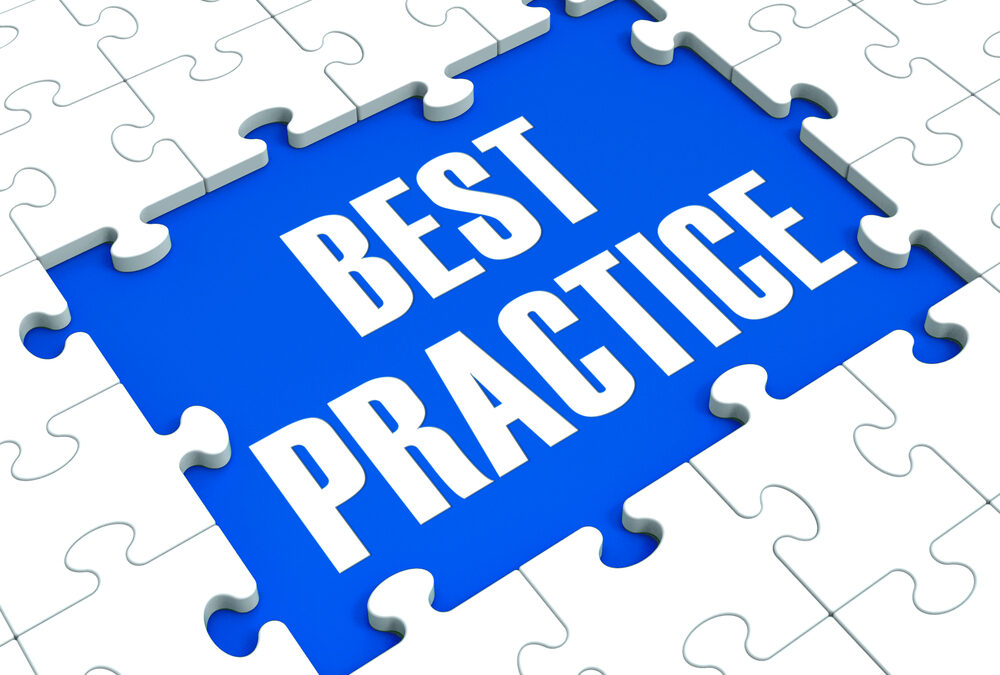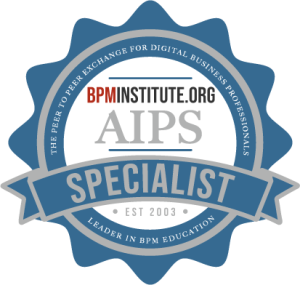Home / Resources
Resources
Discover a Wealth of BPM Knowledge and Expertise at BPMInstitute.org!

Choosing the Right Methodologies, Tools and Techniques (as appropriate) in Enterprise Excellence Deployment
As Part of a Business Transformation and Enterprise Excellence strategy, how can the tools of Operational Excellence be integrated into Business Strategy?

Maximizing the Value of Your Product Backlog (Part Two)
The Product Backlog is the heart of defining any Agile solution. The requirements that are identified in the Product Backlog drive the priorities that the Agile development team works on, they establish the scope of the delivered solution, and they ultimately determine the business value that the organization will receive from their Agile investment.

Deploying Metrics in an Operational Excellence Initiative
Implementing operational excellence so that the organization benefits is an important question that needs close examination. An operational excellence initiative requires many elements. The model requires the implementation of:
1. Program—What are you deploying and how will you manage it?
2. Leadership—How will leadership lead the program?
3. Processes—What will you be improving?
4. Measurements—How will you know when you are successful?
5. Projects—How will improvement work be parsed into actionable and manageable units?
6. People—After these steps have been thoroughly planned and evaluated, what you have learned will be the foundation for:
7. Strategy—How will you deploy the initiative?

Going digital or going bananas
What is clear that every company, no matter what industry needs to “go digital” to reduce costs and improve customer experience. For some industries, it is revolution rather than evolution. “Digital” is more than just driving efficiencies, it is reevaluating business models. As whilst digital can improve efficiencies it is eroding margins at a faster rate.
Nature is a great teacher. Think about the structure of plants and shells and the Fibonacci sequence. Or the strength of the honeycomb structure. These are math and engineering. But a bunch of bananas can teach us about going digital and business change. Seriously?
A bunch of bananas

Building an Enterprise Process Map (part 2 of 2)
In the prior article, Enterprise Process Map (Part 1 of 2), I promoted enterprise process maps as a tool to enhance operational clarity and create a shared view of a company’s capabilities. It is this shared perspective that accelerates business planning and improvement activities as the time to get everyone on the same page is vastly reduced. In lieu of such a foundational view, leaders setting strategy are essentially planning a road trip without awareness of the roads to the destination.

Outsourcing: The Benefits of Utilizing Freelancers
For many, the idea of offloading work onto others, especially people we don’t really know, is a difficult idea. The thought of entrusting a stranger with any part of our business seems like a disaster waiting to happen. But even the biggest and best find ways to delegate their workload, often to employees who may not have the motivation to get the job done well.
Often we are bogged down under deadlines, huge reports, and marketing pushes to really take a look at the bigger picture. We get used to the idea of working under pressure, and it’s common knowledge that stress and poor time management can lead to sometimes costly mistakes. Escaping from this mindset enables us to take a long view at how we delegate our tasks, and that actually, outsourcing is a vital tool to freeing us to concentrate on the core business.
Control

How to Visually Represent Your Project Data and Choose a Report Type
Data can tell us so many stories – we get to learn from it and make conclusions that we otherwise wouldn’t. The key to getting the most out of data’s capability to tell stories is to share those stories. This is why scientists, business people, sociologists and so on like to show us charts and talk about what they learned.
No matter what kind of data you are dealing with – industry research, public data or proprietary data – the best way to tell its story is to visually represent it.
This is where most misunderstandings happen. People think that they can just throw in a few pie charts into their presentation and that it would make it good. But, the key to getting it right is really just understanding the process.
Why do you need a visual representation?

The Moderating Business Architect: Lessons from the Field
The older you get and the longer you work, the more you start to see recurrences of major events from your corporate past. Scott Adams of Dilbert fame helped us all to realize that this happens in companies everywhere. In the corporate context, a pendulum swing is a metaphor for the dramatic swing from one strategy extreme to the other. Some days I feel like I am in an eternal time loop, cursed to spend my days seeing the same pendulum swinging decisions repeat themselves over and over. This, however, is a great opportunity for business architects to demonstrate value. Business architects are in a prime position to spot these as they materialize, call them out, and help the organization moderate the effects of oscillating positions to ensure consistent progress toward strategic goals. Here are three examples.

Value Chain Map: the heart of good operating model work
I have been teaching an executive course called for four years and the tool that I consider to be most important to good operating model work is something I call a Value Chain Map. For those of you who work on processes, a Value Chain Map is a high-level process map or value stream map: the term value chain coming from the strategy literature. I prefer the term value chain because it reminds me that we are trying to link operations to strategy.

Maximizing the Value of Your Product Backlog (Part One): Gathering the full scope of requirements
The Product Backlog is the heart of defining any Agile solution. The requirements that are identified in the Product Backlog drive the priorities that the Agile development team works on, they establish the scope of the delivered solution, and they ultimately determine the business value that the organization will receive from their Agile investment. The challenge is that most Product Backlogs are based on input from selected stakeholders, rarely representing the full scope of requirements – and constraints – that need to be considered before priorities and business value can be accurately identified.
This is the first of two articles that provide you with techniques for maximizing the value of the requirements in your Product Backlog. This article focuses on ensuring that you have considered the full scope of potential sources for identifying what the solution needs to deliver – and equally what it should notbe delivering.

Mounting Pressure for Better Decisions
We are in a perfect storm for making great decisions and nothing less. There are converging forces that put a premium on better decisions in that organizations are being asked for more in a changing world. At the same time the number of assists that are available to boost better decision making are also emerging quickly. What are these forces and boosts to increase an organization’s ability to make better at the minimum and great decisions at a maximum? The coming decision wars will be at the forefront of success going forward for organizations and individuals.
Forces Affecting Decisions:
Business Contexts Shifting Faster

Meet the Author: Business Architecture – The Missing Link
History has shown that having a competitive advantage is critical to the success and long-term viability of all organizations. To create and sustain such an advantage, organizations must formulate a winning strategy, surpass competitors at implementing and executing it, and excel at continuously adapting it in response to internal and external events. Although numerous best practices have been adopted by organizations over the years to help them succeed in their strategic endeavors, 50 to 90% of strategic endeavors are still considered failures. That is why we have spent 5 years devising an innovative approach to help organizations address the causes of the difficulties they face during their strategic efforts.

Robotics is a GO, now what?
The Future Is Now
Many companies are making the decision to step forward and implement various forms of Digital Process Automation, namely some version of Robotics Process Automation (RPA). There is a spectrum of Automation (Exhibit 1), from simple tasks that “bots” can easily handle to Artificial Intelligence. RPA is the next generation of process automation, moving from scripts and macros, to automating repetitive activities. Companies are choosing where to jump in and how to stand up to the new business capability.

Exhibit 1

3 months ago, we all thought Cambridge Analytica was a font!!!
Consumers are waking up to the fact that if they can’t work out what product that a website is selling, then they are probably the product. Or at least, their data is. We’ve all known this, but probably hadn’t realized how much of our data is being harvested, aggregated and then exploited.
Every business is now a digital business and data is the lifeblood. This is a major shift over the last 10 years, but the true impact is really starting to be recognized. This transformation is a as significant as the industrial revolution, and with the same redistribution of wealth.
So, let’s first cover off which industries or areas of business are being impacted by the combined disruptive effect of cloud, social, mobile, big data. That is easy. ALL OF THEM.
The digital business

Once an Architect…
As is the case with many of us in the Business Architecture forums, my career is firmly rooted in computer science and information technology. The first few years of my professional life found me devising algorithms, designing databases and writing code for various organizations around the Washington, D.C. beltway. It was a pleasant and satisfying endeavor, well suited to my quiet disposition. Despite the unavoidable meetings with end users – which meetings never failed to throw a monkey-wrench into my carefully crafted programs – my projects tended to unfold without major heartaches while I dug deeper into James Martin’s Information Engineering, Barry Boehm’s Spiral Model for Software Development, and Barbara von Halle’s writings on data architecture and business rules.

Visual Management in Enterprise Excellence Deployment
A “Next Level Evolution” model for Operational Excellence to integrate with Business Transformation under the broader concept of Enterprise Excellence was discussed in BPMinstitute.org article in May 2017 1. The impact of a standardized Stage-Gate Process for Innovation and New Product introduction was detailed in April 2018. 2
![]() As Part of a Business Transformation and Enterprise Excellence strategy, how can the tools and techniques of Operational Excellence be integrated into Business Strategy?
As Part of a Business Transformation and Enterprise Excellence strategy, how can the tools and techniques of Operational Excellence be integrated into Business Strategy?
A foundation package of Operational Excellence tools and techniques that should be fundamental to all Business Strategy and Transformation efforts that are part of an Enterprise Excellence deployment strategy is shown below:

BPM Maturity is Needed for Digital Business Success
BPM Maturity is Needed for Digital Business Success
The importance of a process orientation in driving digital business success has been recognized for some time. In the early days of digital – it was already recognized that leading companies succeed with digital by re-envisioning customer experience, operational processes and business models.
Gartner has also stressed the importance of BPM in digital transformation success and predicted that a deficit of BPM maturity may actually prevent 80 percent of organizations from achieving the desired business outcomes from their digitalbusiness strategies.
The main options for deploying digital are:
a) Find a digital tool and deploy it

Ten Essential Steps to Create an Effective Data Management Plan
During any kind of research project, you’re going to collect data. This data will vary depending on what you’re studying, but you will need to create a data management plan no matter what. This is because it’s vital you explain exactly how you will use data at every point during the data life cycle. Here’s ten rules that will make creating your own plan simple.
Rule 1: Understand the research sponsor requirements
The first thing you must do is find out what is needed from you from your research sponsor. Each sponsor will have slightly different needs. “Even if you’ve worked with a sponsor before, it’s always best to check to ensure they haven’t recently changed their requirements”, – says Amber Coburn, an Operation Manager at Bigassignments .
Rule 2: Identify the data to be collected

Gaining Insights from Your Process Repository
“How can I get the information I need from this ocean of models? “- questioned the VP of Operations after going through the process repository built for his group. The repository had hundreds of models of different types. They were built over months of effort from Subject Matter Experts and Process / Business Architecture practitioners. He wanted to find out
What percentage of activities are automated and manual?
Which teams use a specific application?
How many teams are involved to execute a value stream?
How many people refer to models in the repository to perform their daily duties?
At what rate are different teams building these models? Etc
The information for which the VP of Operations was asking buried was in the repository – many times in multiple models. To answer each of question, the analyst may need to spend a couple of hours to go through multiple models, generate reports, analyze and then consolidate information.

Don’t Over Plan! Let the Plan Evolve for an Agile Approach
We all know how to plan. From waterfall, we know how to over plan. But how much planning is necessary if you are using an agile approach? Here’s an idea…try starting the first piece of a project before you have the full plan. Radical thought? Did your heart skip a beat? Here’s why this experiment might change your attitude about planning.













